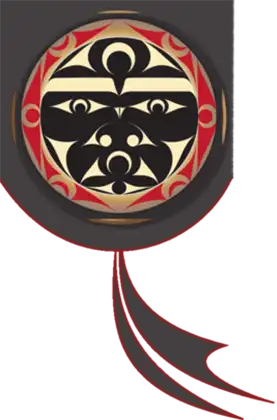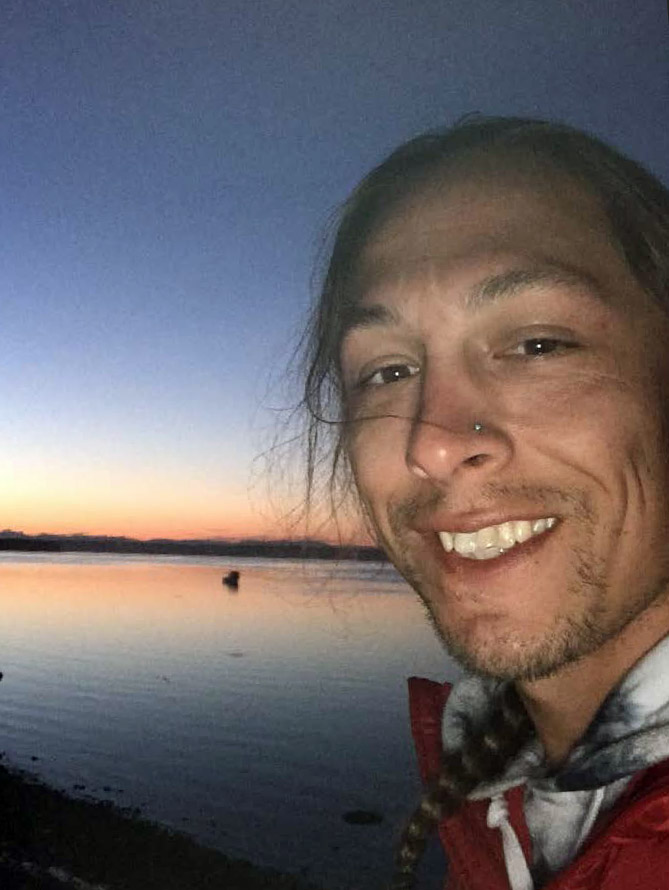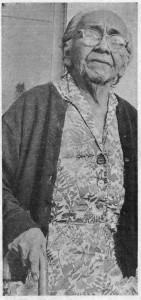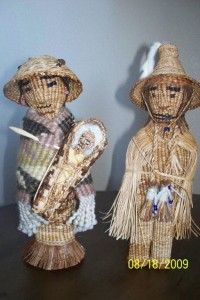c̓iʔsalalc̓səb – Lizzie Krise
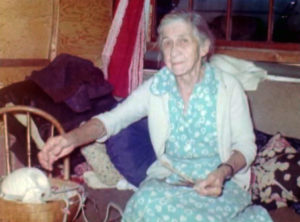
Lizzie Krise
1875-1969
A firm believer that it takes a village to raise a child, Lizzie Krise played an active role in helping to raise many children at Tulalip.1 Frieda Williams, herself a grandmother now, remembers that one day when she was a small child, she was out walking with her father and Lizzie came up to them. “This child is old enough to know right from wrong,” Lizzie told Frieda’s father, and from that time on, Lizzie took Frieda to church each week and then home for Sunday dinner afterward. Because she was often feeding more kids than there was room for at the dining table, Lizzie had someone make child-sized tables and chairs for the others. Frieda still pictures Lizzie, who was about four-and-a-half feet tall, walking up to her father, who was over six feet tall and borrowing his child.
The late George Taylor, Lizzie’s grandson, recalled that when he was about eleven, Lizzie returned from a trip to the other side of the mountains with a shotgun for him. She took him out to teach him how to hunt and taught him how to hang up his game on a forked stick and return to collect it later. The first thing he shot was a robin. That night in the kitchen, George saw Lizzie plucking and cleaning the robin. “What are you doing, grandma?” he asked. “I am getting this robin ready to cook,” she told him. ”You don’t shoot anything you aren’t going to eat.”
Lizzie fed the children from her own garden. She kept rabbits and chickens, and later added a goat, when she heard that goat’s milk could help prevent tuberculosis. At every gathering, you could find her in the kitchen. Experiencing life as a series of teachable moments, she was herself an embodiment of all teachings.
It was to Lizzie that the tribal chairman recommended the young linguistics student Thom Hess when he first came to Tulalip. Lizzie had the courage to take a chance on working with this young man who appeared out of the blue, and her decision set in motion the preservation of our language. The recordings that Thom Hess made with Lizzie are still in use in our Lushootseed classrooms today. Her gentle voice and laughter testify to a warm working relationship, and she takes pains to speak slowly, as though she could envision all the young ears that would be trying to follow her speech down through the decades. Through Lizzie, Thom was introduced to the two people who became his greatest advisers and teachers, Martha and Levi Lamont.
Lizzie’s descendants are the George Taylor family and the Ron Kona family, as well as all the tribal members who have benefited from her legacy.
1 This introduction combines the memories of the late George Taylor, the George Taylor family, the late Thom Hess, Frieda Williams, and Rebecca Posey.
One of Lizzie Krise’s stories
